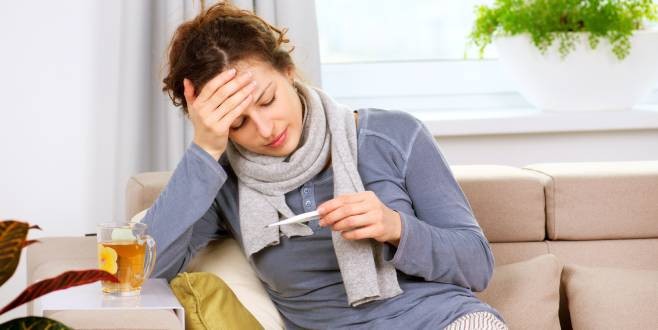If children have a fever: you can do it
- Fever is not a disease, but the symptom of certain diseases and serves to ward off pathogens.
- Infections often cause fever in children, but there are also more harmless and serious causes.
- For treatment, the doctor can prescribe fever juice, suppositories and other medications, or various home remedies can be used.
If your child has a fever, that’s it for now no reason to worry. Of course you should Check temperature regularly and in certain situations see a doctor go – when exactly, you can find out here. Also read what you can do to give your child relief, causing a fever, and more.
1. When it is fever and what happens there
If your child has a fever, the most important thing is rest and lots of love and care.
Fever in children occurs relatively often – especially when compared to adolescents and adults.
Since that Immune system in children is not yet fully developed "false reports" can occur, which are accompanied by a short-term fever. In addition, the child’s immune system must first get used to pathogens and stimuli, which activates it particularly often. Over time, the child’s immune system learns and has, for example a 6 year old child usually has a lower fever than, for example, a 3 year old.










